Showy Mountain Ash Care – Can You Grow A Showy Mountain Ash Tree
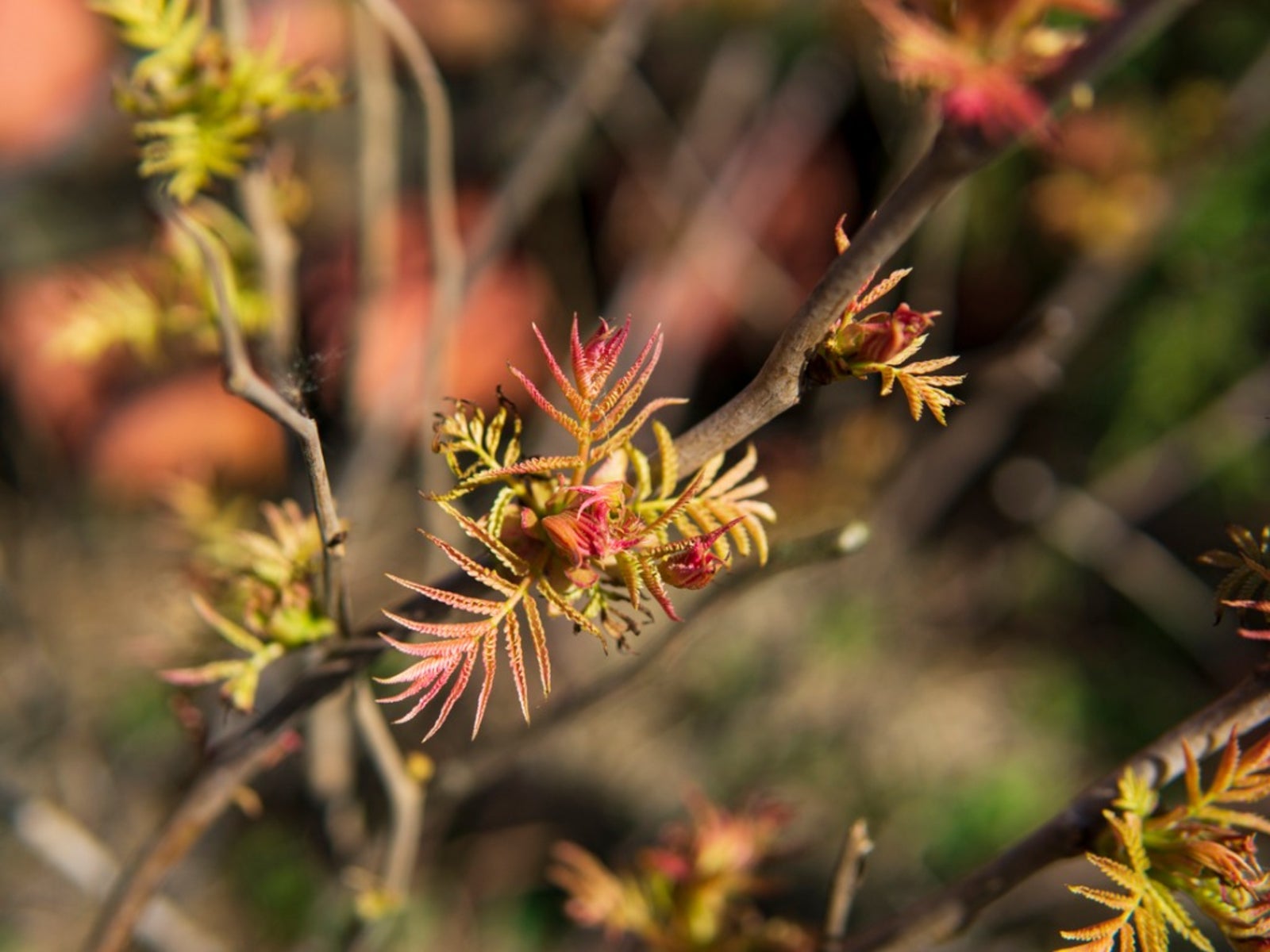

Showy mountain ash trees (Sorbus decora), also known as northern mountain ash, are small American natives and, as their name suggests, very ornamental. If you read up on showy mountain ash information, you’ll find that the trees flower profusely, produce attractive berries, and offer a stunning fall display. Growing showy mountain ash isn’t difficult if you live in a cooler climate. Read on for tips on showy mountain ash care.
Showy Mountain Ash Information
While ash trees grow very tall in cool and moderate hardiness zones, mountain ash are much smaller. They are not in the same genus as ash trees and are native to the northern states. Showy mountain ash trees grow to about 30 feet (9 m.) tall and about half to three-quarters that wide. Their branches grow in an ascending direction and start from very low on the trunk. If you start growing showy mountain ash, you will love the blossoms and berries. The showy white flowers appear in late spring or early summer. They are fragrant and attract pollinators. These are followed by heavy clusters of bright berries in autumn that are appreciated by many types of wild birds. The berries from showy mountain ash trees are also eaten by small and large mammals, including humans.
Can You Grow a Showy Mountain Ash?
So, can you grow a showy mountain ash? It depends first on where you live. These are trees that require a cool climate and only thrive in USDA plant hardiness zones 2 through 5. If you are ready to start growing showy mountain ash, look for a full-sun site for planting. These trees do not tolerate shade. Planting the trees in an appropriate site is a big part of showy mountain ash care. These natives do not tolerate pollution, drought, heated areas, compacted soil, salt, or flooding. If you select an area free of these issues, your showy mountain ash tree will have a good chance of thriving.
Showy Mountain Ash Care
Once you have planted these trees in a good location, care is not difficult. Provide these trees regular irrigation, especially during the year or so after transplant. Never fertilize showy mountain ash trees. Fertilizer is generally not recommended for any native trees. You may want to keep an eye out for pests. Although mountain ash isn’t attacked by the emerald ash borer, they can get fire blight disease. Look for help if the branch tips suddenly turn black and droop.
Gardening tips, videos, info and more delivered right to your inbox!
Sign up for the Gardening Know How newsletter today and receive a free copy of our e-book "How to Grow Delicious Tomatoes".

Teo Spengler is a master gardener and a docent at the San Francisco Botanical Garden, where she hosts public tours. She has studied horticulture and written about nature, trees, plants, and gardening for more than two decades. Her extended family includes some 30 houseplants and hundreds of outdoor plants, including 250 trees, which are her main passion. Spengler currently splits her life between San Francisco and the French Basque Country, though she was raised in Alaska, giving her experience of gardening in a range of climates.
-
 Looking For Plants To Give You The Soft And Fuzzies? Try These 5 Fuzzy Leaf Plant Options
Looking For Plants To Give You The Soft And Fuzzies? Try These 5 Fuzzy Leaf Plant OptionsLovers of texture, drama, silver foliage and tactile plants will adore these special sensory garden additions. These fuzzy leaf plant options will leave you all aglow
By Susan Albert
-
 Get Ready For A Summer Of Hummers! Grow These Full Sun Hummingbird Plants and Flowers
Get Ready For A Summer Of Hummers! Grow These Full Sun Hummingbird Plants and FlowersIf you’re lucky enough to enjoy a sunny backyard, make sure you are maxing out on your pollinator opportunities and grow these full sun hummingbird plants and flowers
By Tonya Barnett
-
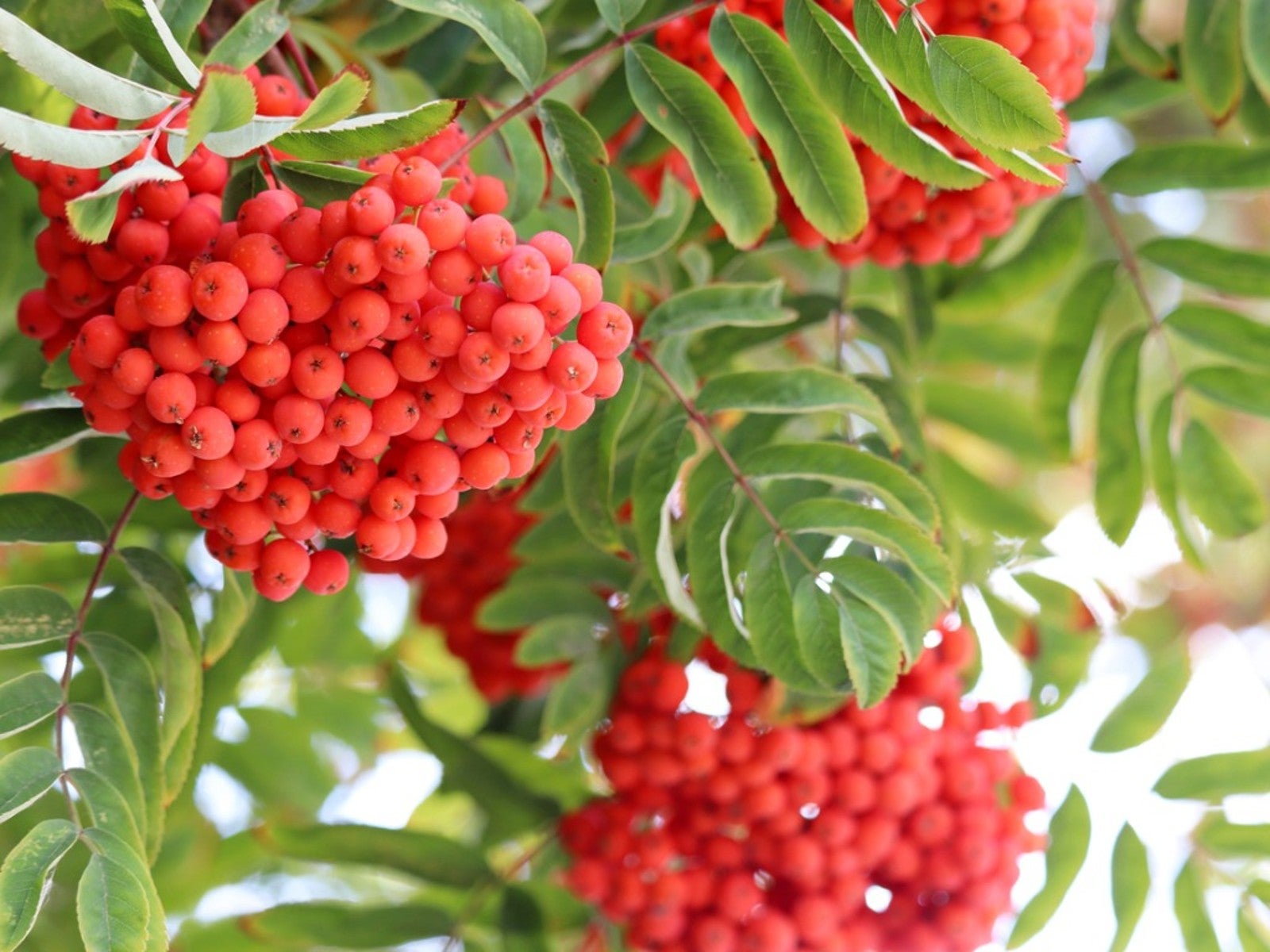 European Mountain Ash: Care For The Rowan Tree
European Mountain Ash: Care For The Rowan TreeAre mountain ash and rowan trees the same? They are exactly the same tree. Read on for more information on these trees.
By Teo Spengler
-
 European Mountain Ash Identification - European Mountain Ash Care
European Mountain Ash Identification - European Mountain Ash CareWhat is a European mountain ash tree? If you are considering growing this mountain ash trees for ornamental purposes, click here for tips on care as well as a caution about its invasiveness.
By Teo Spengler
-
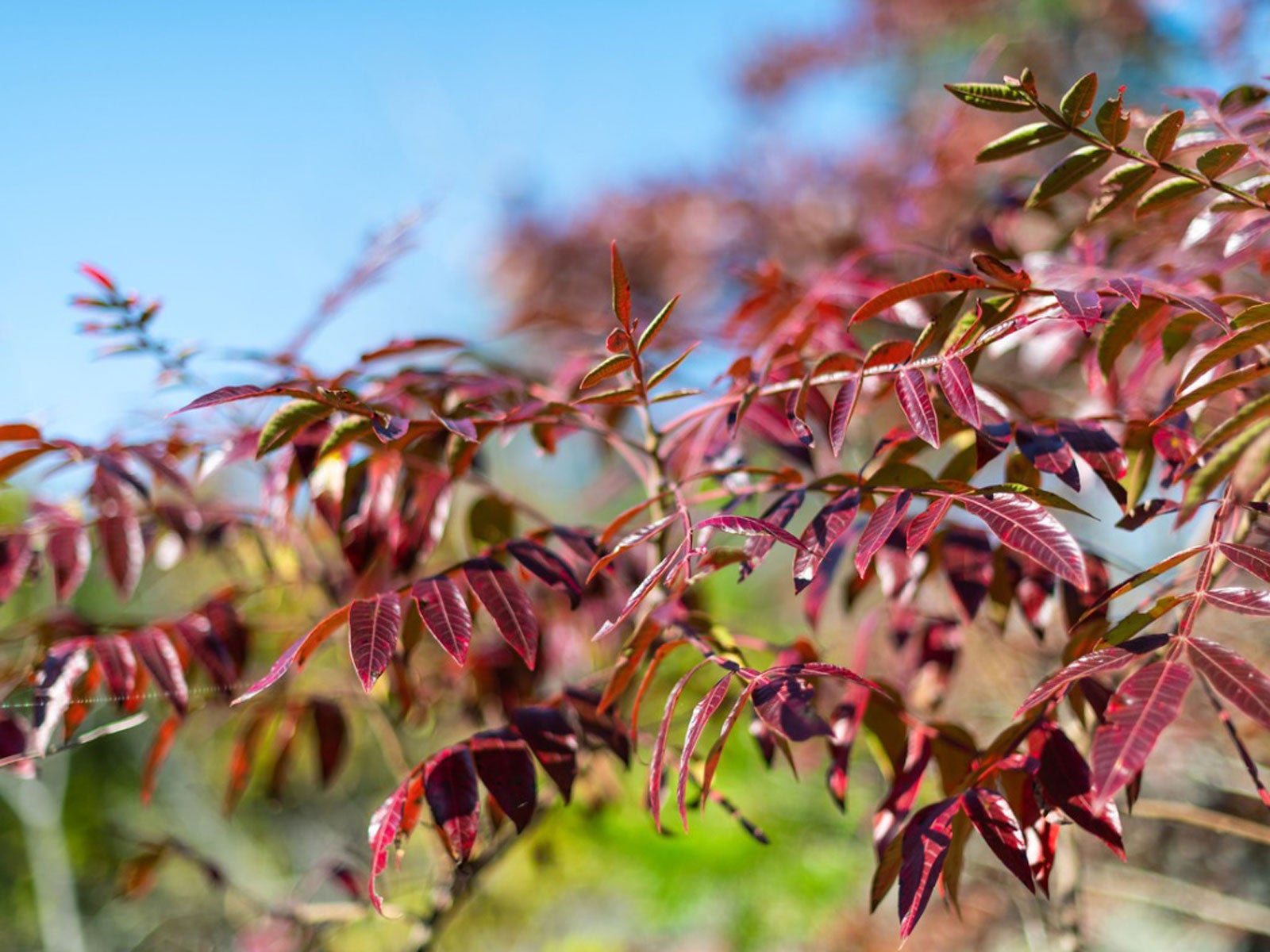 Ash Tree That Turns Purple – Learn About Purple Ash Tree Facts
Ash Tree That Turns Purple – Learn About Purple Ash Tree FactsThe purple ash tree is actually a white ash tree that has purple leaves in fall. Its attractive autumn foliage makes it a popular street and shade tree. For more information about ‘Autumn Purple’ ash trees, click on the following article.
By Teo Spengler
-
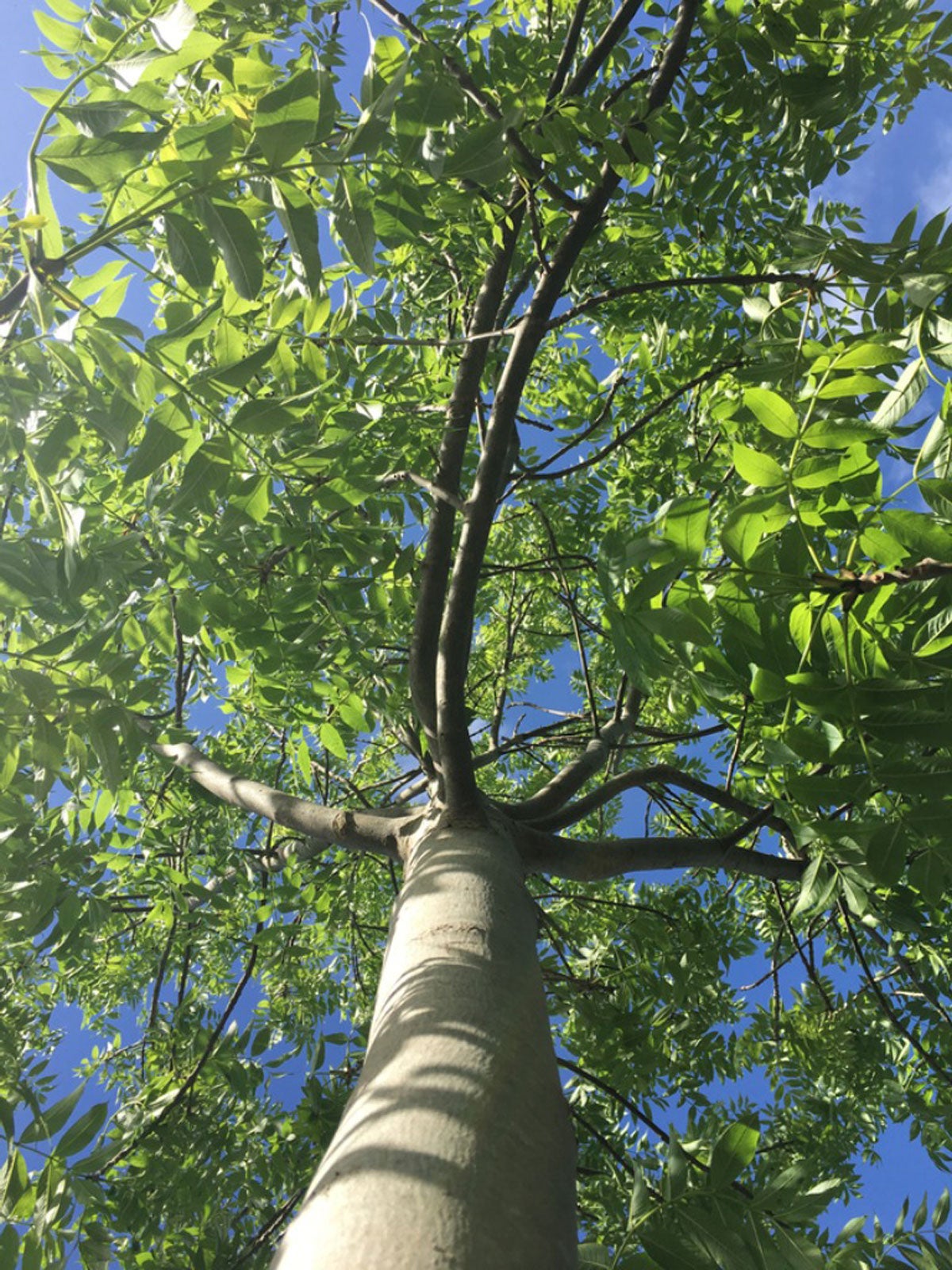 Ash Tree Identification: Which Ash Tree Do I Have
Ash Tree Identification: Which Ash Tree Do I HaveSome species of trees just happen to have “ash” in their common names but aren’t true ashes at all. Find different types of ash tree varieties here.
By Teo Spengler
-
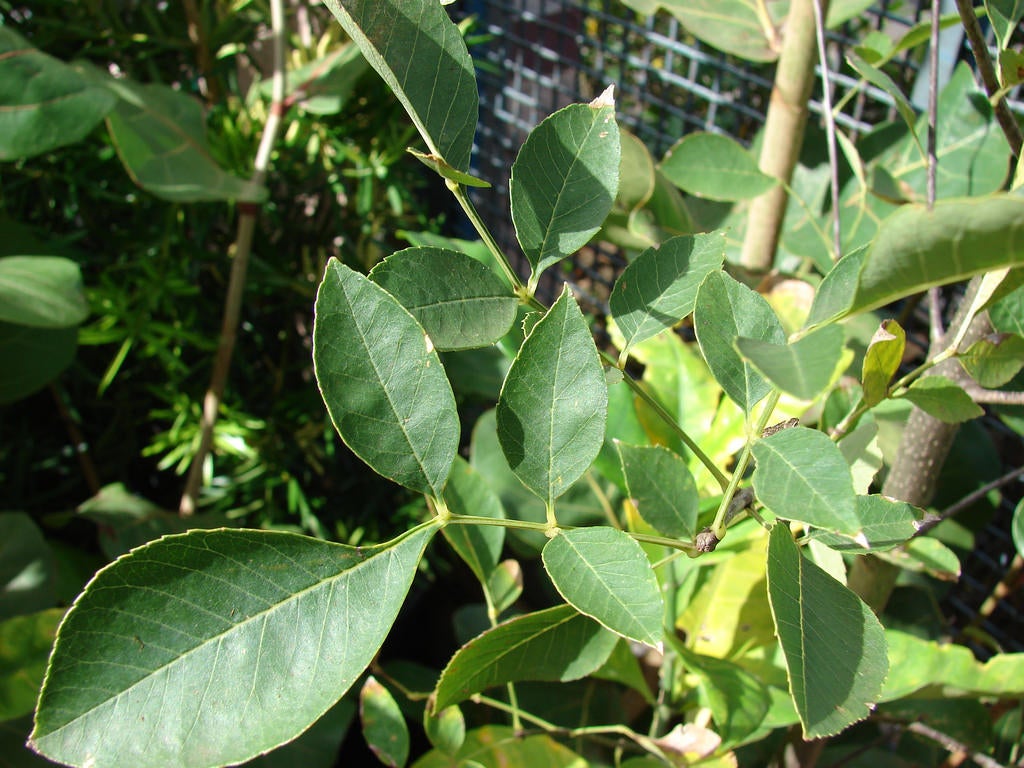 What Is Arizona Ash – How To Grow An Arizona Ash Tree
What Is Arizona Ash – How To Grow An Arizona Ash TreeArizona ash (Fraximus velutina) is an upright, stately tree with a rounded canopy of deep green leaves. It is relatively short-lived but may survive 50 years with proper care. Click on the following article to learn about growing Arizona ash trees in your landscape.
By Mary H. Dyer
-
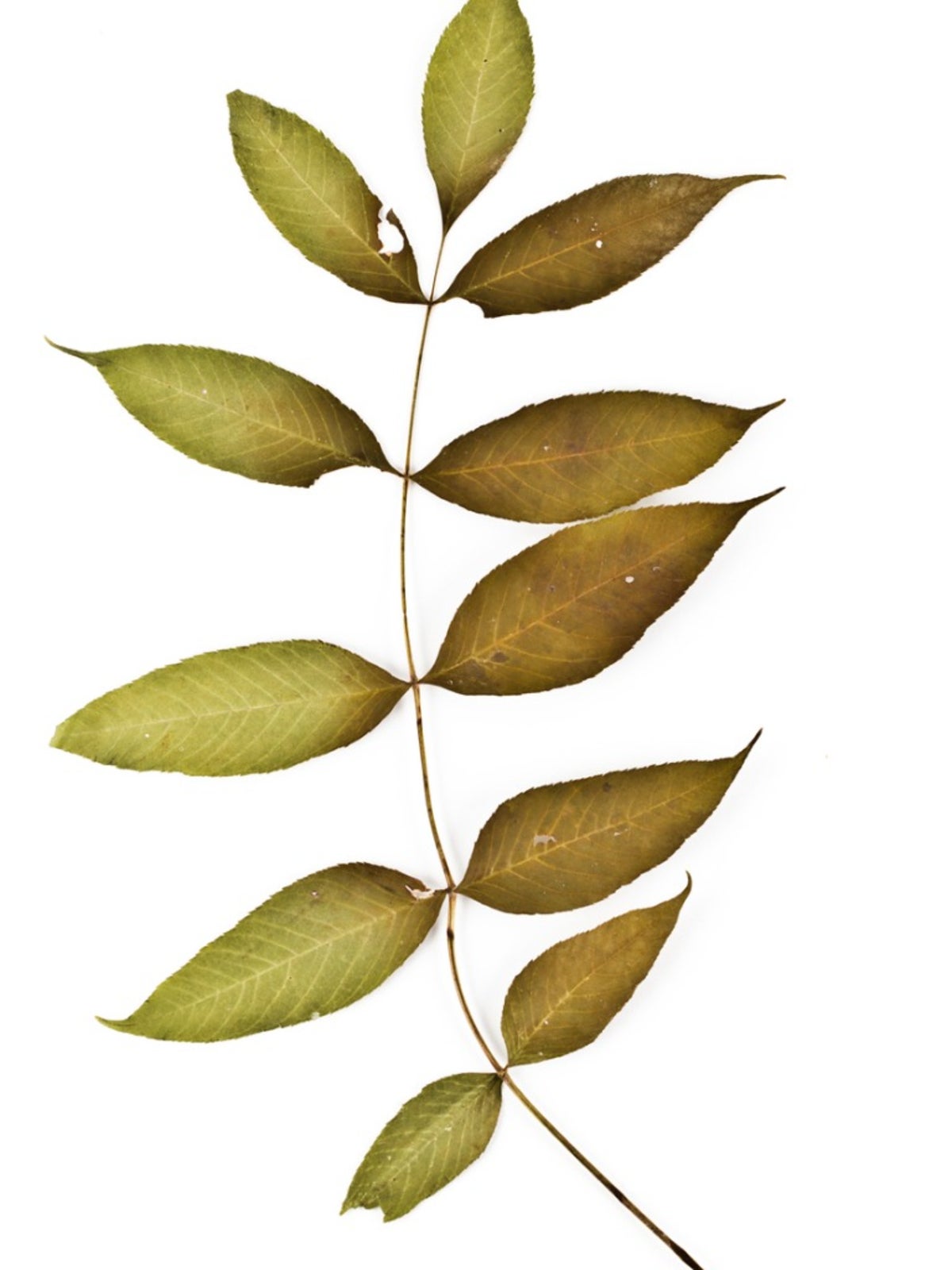 Black Ash Tree Information – Learn About Black Ash In Landscapes
Black Ash Tree Information – Learn About Black Ash In LandscapesBlack ash trees grow slowly and develop into tall, slender trees with attractive feather-compound leaves. This article has additional information about black ash trees and black ash tree cultivation. Click here to learn more.
By Teo Spengler
-
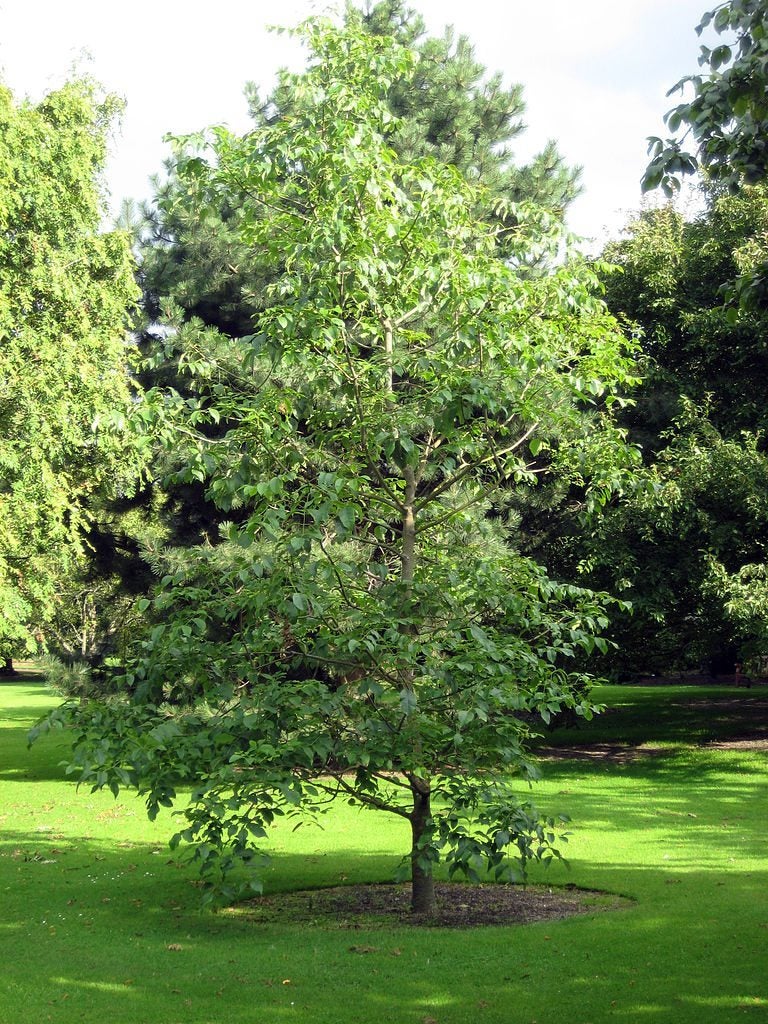 What Is A Pumpkin Ash: Information About Pumpkin Ash Trees
What Is A Pumpkin Ash: Information About Pumpkin Ash TreesYou've heard of pumpkins, but what is a pumpkin ash? It's a fairly rare native tree that is a relative of the white ash tree. If you're thinking of growing pumpkin ash trees, click this article for more pumpkin ash information, as this may not be such a great idea.
By Teo Spengler
-
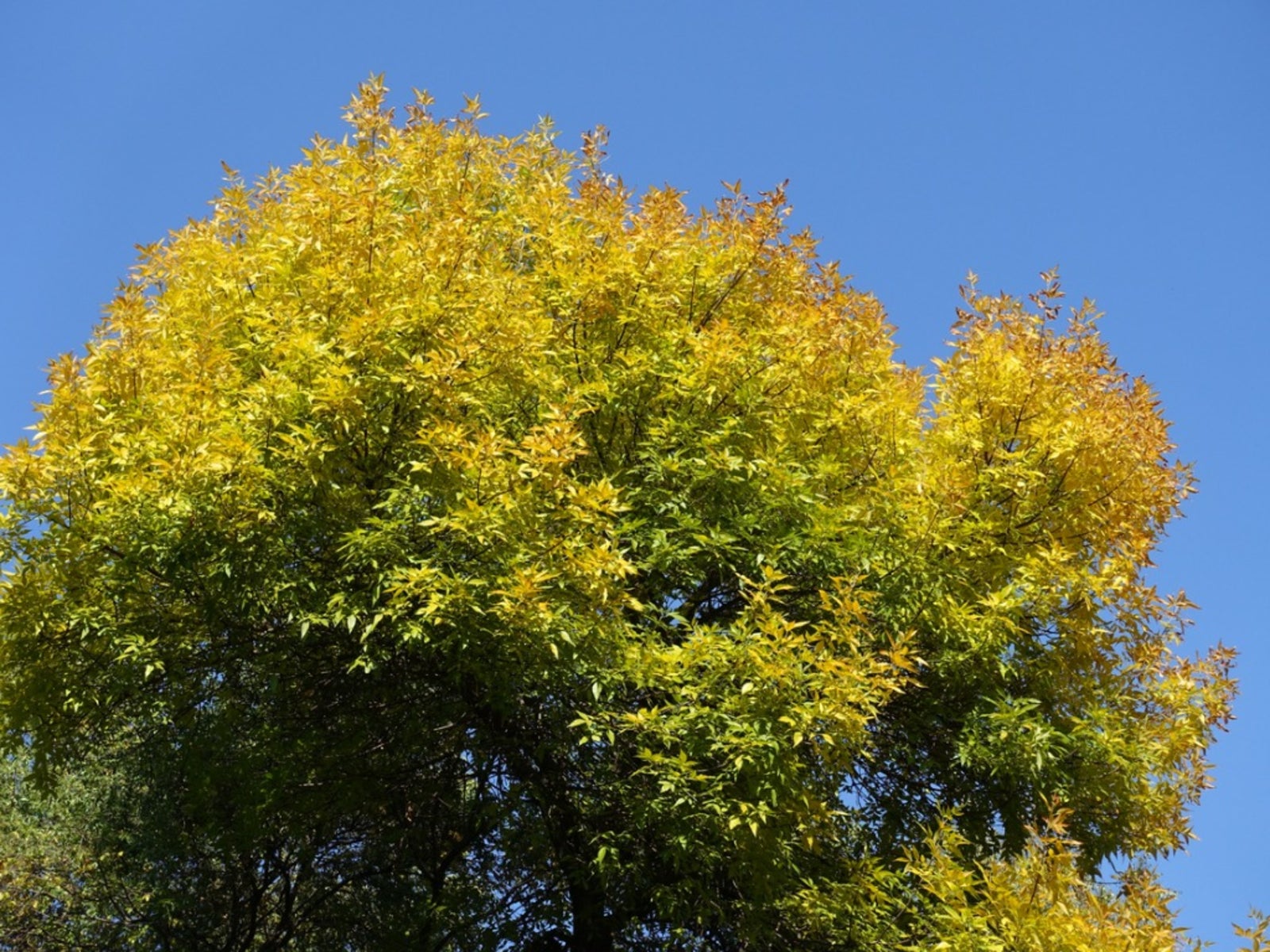 What Is A Green Ash – How To Grow A Green Ash Tree
What Is A Green Ash – How To Grow A Green Ash TreeGreen ash is an adaptable native tree planted in both conservation and home settings. It makes an attractive, fast-growing shade tree. If you want to know how to grow a green ash, click here. You?ll also find tips on good green ash tree care.
By Teo Spengler